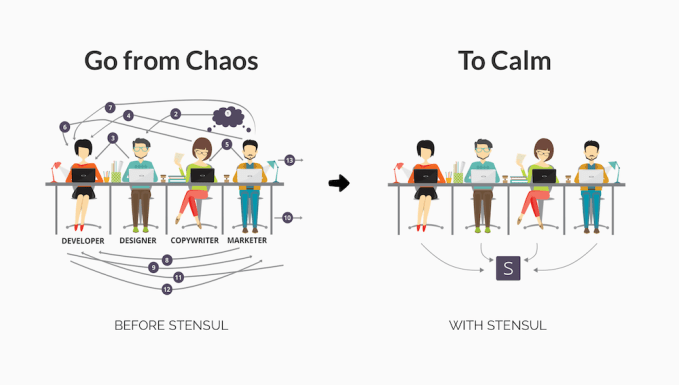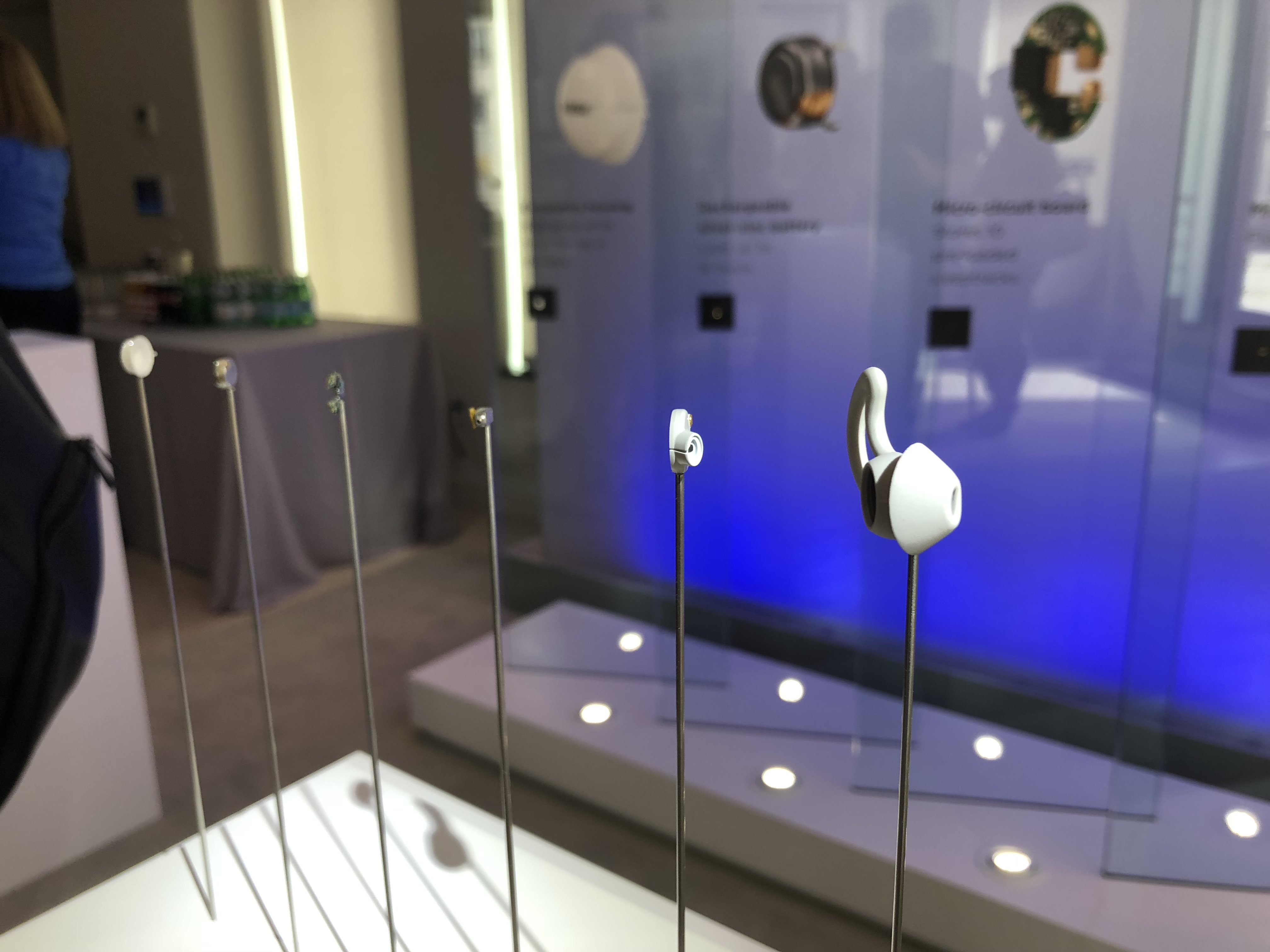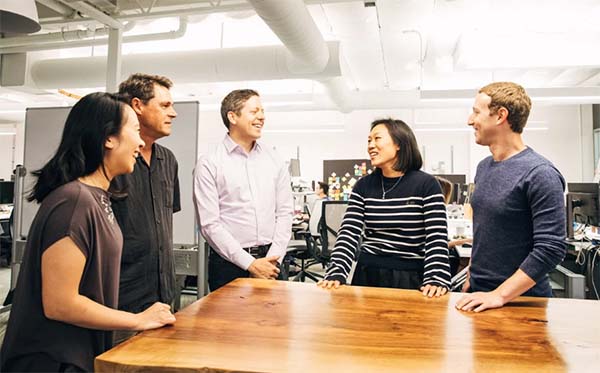YouTube hopes a new set of creative tools will help it win back advertisers who may have grown disenchanted with the video network due to its ongoing content scandals. The company announced this morning a suite of tools that will allow brands and agencies to test ads, target specific audiences with customized versions of the same ad, and tell stories over a series of ads.
One new tool, Video Experiments, offers AdWords advertisers a way to test video ads on YouTube’s site, as an alternative to using focus groups to determine the impact of creative on metrics brands care about like awareness or purchase intent.
The service, which launches in beta later this month, will allow marketers to shift funds usually put towards those focus groups and their “simulated ad environments,” to real ad environments.
The ads will run in cleanly segmented experiments on YouTube at no extra cost beyond the media investment, the company says, and turn around results in as little as three days’ time.
The idea here is to allow brands to test their video ad campaigns before committing the funds to roll them out more broadly – something that could help them to tweak the creative material, or even pull back on an ad rollout that could have ended up being a total misfire that draws consumer backlash.
That’s a critical factor to consider in today’s social media landscape, where one bad ad can spread virally beyond just those who directly watched it, leading to negative consumer sentiment and even brand boycotts.
Another new tool, Director Mix, was already announced last year, and is now being tested by brands like Kellogg’s in an alpha phase, ahead of its general availability.
This tool lets advertisers create many versions of their same ad using swappable elements. They can customize the text, while using the existing images, sound and videos across a variety of ads. These ads can be far more personalized to YouTube viewers, as a result.
For example, in a test with Campbell’s Soup, bumper ads appeared for those watching “Orange is the New Black” clips that said “does your cooking make prison food seem good? We’ve got a soup for that.” But the same ad customized for Beyoncé’s “Single Ladies” instead included the line “Dinner for One?”
McDonald’s had also used Director Mix in the past to create 77 pieces of content from one ad.
Related to this, a tool for Video Ad Sequencing, also in alpha, lets brands spread their story over a series of ads. The idea here is that YouTube viewers could actually follow along with a narrative of sorts, or just see a longer story told over several ads.
Ubisoft tested this to promote “Assassin’s Creed Origins,” which showed several different elements of the game’s trailer over different ads. 20th Century Fox is also now using this tool, along with experimentation.
YouTube didn’t offer an update as to when Director Mix or sequencing were exiting alpha or launching more broadly, however.
In terms of better understanding how ads are working with different groups of viewers, YouTube says it’s adding audience segmentation to retention reports. Later this year, it will also allow advertisers to annotate different parts of their video – for example, the part where the brand’s logo displays or a shot of the product – so they can then see what percentage of the audience saw those key moments.
Combined, this set of tools aim to give video advertisers a reason to continue spending on YouTube at a time when brands may have become hesitant to invest due to YouTube’s inability to properly police the billions of hours of content on its site.
While that’s clearly a hard problem to solve at YouTube’s scale, the fallout has been seriously damaging. Brands have found their ads displaying against extremist content, white nationalist channels, and other obscenities. And some even suspended advertising on YouTube entirely, at times.
Meanwhile, YouTube is facing increasing threats from Facebook, which has rolled out a video hub called Watch. Facebook is directly investing in video from news publishers, and has just launched a creative game show platform to capitalize on the interactive video craze. Facebook-owned Instagram, too, is preparing to roll out longer-form video in a new hub on its network, as soon as today.
Despite Facebook’s threat, YouTube is still a massive network for advertisers to consider with its 1.9 billion monthly users, and a shift in how people – particularly younger users – watch video content. A generation of viewers is growing up without linear TV, and is instead during to video networks and streaming services for entertainment.
Though some of YouTube’s tools have already been in testing, YouTube is today positioning the combination of resources as its “Creative Suite” with this more formal introduction.








